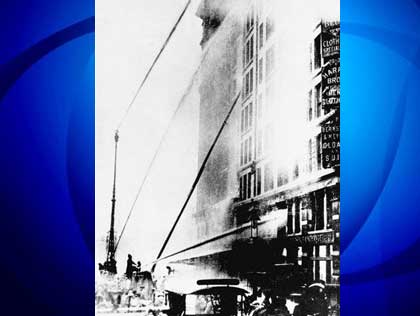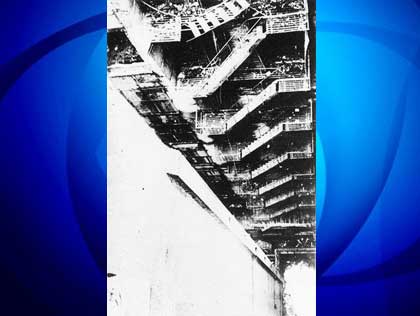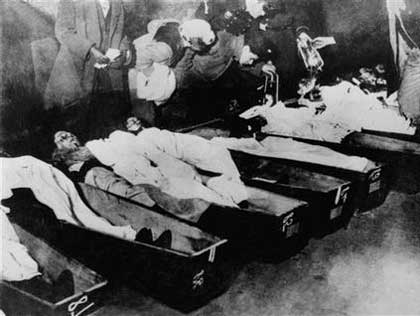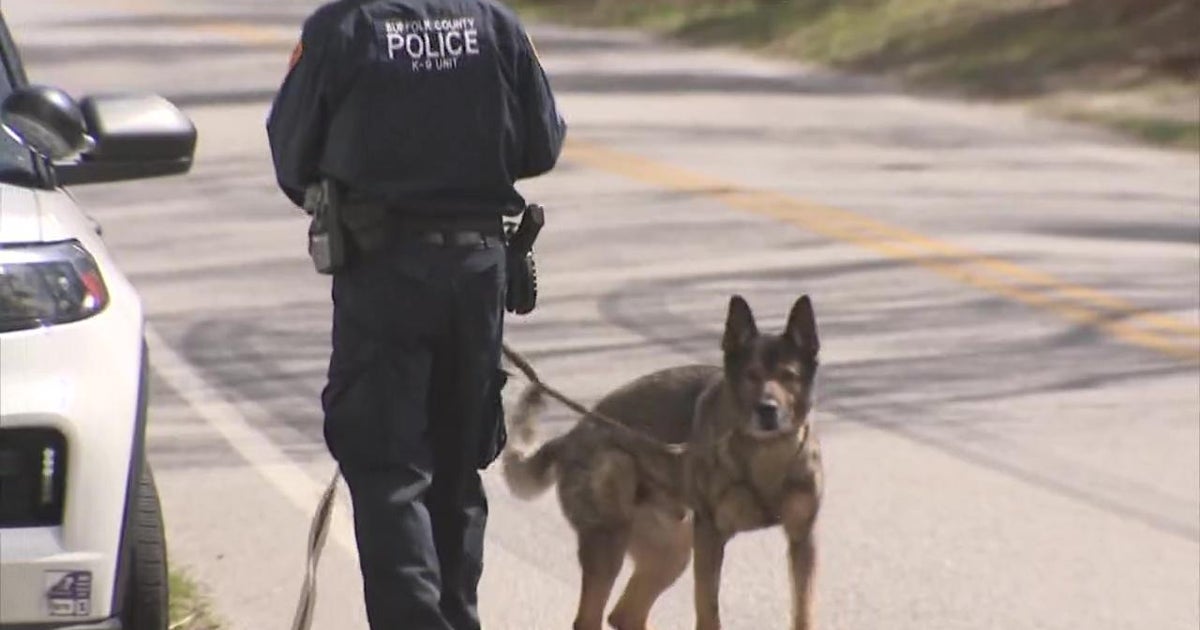Remembering The Triangle Shirtwaist Fire 100 Years Later, Part 1
by Jesse Zanger
NEW YORK (CBSNewYork) – One hundred years ago, one of the worst tragedies to ever befall New York roared through Greenwich Village.
In all, 146 people – most of them young, immigrant women – were killed in the Triangle Shirtwaist Fire on March 25, 1911. At least 120 of the victims were either burned alive or jumped to their deaths from the 8th, 9th and 10th floors of the sweatshop near Washington Square Park.
It was all over in just 30 minutes.
Their deaths could not have been more horrifying -- or preventable.
The blaze was a turning point in 20th century American history. It was a pivotal moment in the creation of the labor movement. Some think it ultimately paved the way to FDR's New Deal. It also led to numerous changes in fire safety and building codes.
The tragic thread that began at a sweatshop has become woven into the fabric of the nation – leaving it stronger as a result.
WHAT HAPPENED
It was nearing the end of a typical Saturday at the Triangle Shirtwaist Factory.
Located on the top floors of the Asch Building on Greene Street and Washington Place, some 700 workers were split between the 8th, 9th and 10th floors, according to New York Fire Department figures.
Imagine the scene: rows and rows of tightly packed young women working in a cramped sweatshop making shirtwaists (blouses with buttons along the front). They earned roughly $15 a week. A large number of them were immigrants, speaking little or no English. Many of the workers were in their teens or early 20s. Kate Leone was just 14. Annie L'Abbate was 16. Beckie Reine was 18.
The factory was packed densely with long wooden tables that ran almost the entire width of each of the three floors. A dozen or more workers sat facing each other on either side of each long table. It would've been cramped and hot, and very difficult to move around.
Next to the workers were wicker baskets stuffed with scraps of fabric. Stray scraps would also litter the floor. Above the workers hung lines of clothes. All of it was an extreme fire hazard.
Smoking was strictly forbidden in the space. Small buckets of water were kept handy in the event of fire. There was no sprinkler system in the otherwise fireproof building.
There was just one external fire escape. Inside the building there was an internal fire escape, a stairwell and two elevators – one of which was out of service.
To keep the young workers from taking breaks, the doors leading to the stairs were locked shut.
At about 4:45 p.m. -- just 15 minutes before closing time -- a fire broke out on the 8th floor.
Retired firefighter Chris Connor discusses the Triangle tragedy with 1010 WINS' John Montone
Podcast
According to an account in the New York Times, Max Rother and Max Burnstein were in the room when the fire broke out in the loft-like space. The two hurled pails of water on the fire, but were too late: the clothesline hanging above the workers had lit up, and started raining burning clothes down on them. The scraps on the floor and in the baskets caught right away. The fire spread wide almost immediately.
Panicked workers bolted for the exits. Initially, some managed to escape into the elevator. But it was so packed it failed immediately, making just one trip down to street level before conking out. One worker – 20-year-old Cecilia Walker – jumped to the elevator cable and slid down from the 8th floor. She suffered burns on her hands and bruises. Another man – Samuel Levine – told the Times he was sliding down the cables when the bodies of six girls came hurtling past him. One of the bodies thudded into him, and he tumbled from the cables. He survived only because he landed on the body of one of the dead girls.
Pauline Grossman, 18, jumped from the 8th floor and managed to survive. Grossman told the Times three men on her floor made a human chain from a window of the factory to a neighboring building on Greene Street. A number of people clambered across them, until finally the weight on the man in the center was too great: his back broke, and the trio – and all that were crossing on them – fell to their deaths.
A flimsy fire escape on the side of the building quickly buckled under the weight of escapees and fell away.
As the fast-moving blaze spread through the 8th floor – and because the doors to the exit were locked – many of the workers raced upstairs to escape. The flames followed closely behind them.
On the crowded 9th floor, panicked workers streamed toward the windows. As the floor became more and more crowded, more and more workers pushed outward. The ones who were closest to the windows were forced out and plunged to the street below. A similar scene played out on the 10th floor.
Outside, onlookers looked on helplessly in horror. "Don't jump!" they cried, but to no avail. Young workers plunged from the sky in an awful rain. Many were on fire.
Girls were jumping before firemen arrived at the scene. By the time the firemen did arrive, their ladders were too low to reach the high site of the fire. Their nets to catch the hurtling jumpers proved useless.
The blaze burned itself out in about 30 minutes and left a horrific scene in its wake. Firefighters pulled dozens of crushed bodies from the elevator shaft. Fifty bodies were found immolated on the 9th floor. The street outside was a scene of unparalleled carnage. Witnesses described it as the worst thing they ever saw.
Ryan Carey of the Museum of the City of New York discusses the significance of the blaze with WCBS 880's Marla Diamond
Podcast
Isaac Harris and Max Blanck, the owners of the factory, were present when the fire broke out, but they managed to survive. They knew the way to the roof – which their workers did not – and escaped over the tops of buildings.
The cause of the blaze isn't known. It is speculated that an illicit cigarette or lit match may have sparked it. It is also possible a sewing machine shorted out and caught fire.
Blanck and Harris were charged with manslaughter, but were acquitted on the grounds that they were unaware the stairwell doors were locked. The other open stairwell was engulfed in flame, preventing escape.
The duo settled the civil suits brought against them in 1914, paying $75 per life lost.
Triangle ultimately ceased operations in 1918.
Click here for Part 2, describing some of what changed after the blaze.






